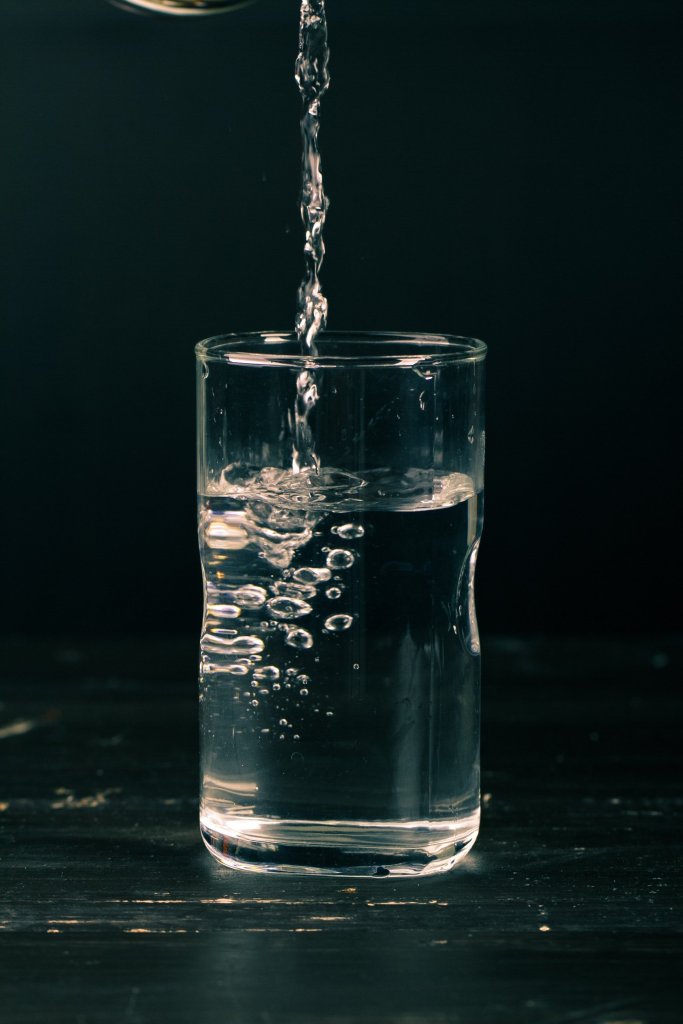I once stumbled on an article explaining why it’s not possible for Kenya to explore over 200 billion cubic metres of groundwater.
This water has the capability of supplying the nation with clean water for 70 years non-stop.
Sounds too good to be true.
The discovery of a gigantic aquifer in North Western Kenya – Turkana County – should have sounded as music to the ears.
Imagine such an amount of water buried 300 metres beneath a sun scorched land that falls prey to regular episodes of drought.
But cold water was poured on these good news once the water was discovered to be salty.
To make matters worse, a Spanish company gave an astronomical quotation of electric costs were they to start treating it for human use.
Which begs the question:
Aren’t there local innovators capable of testing affordable ways of purifying this water.
The maximum allowable limit of total dissolved solids (TDS) in drinking water by the WHO is 150mg/l.
This groundwater had seven times that level – over 1000mg/l.
At the same time, desalination plants have spring up at the coast of Kenya converting seawater to drinking water – and yet the TDS for seawater is over 35000 mg/l!
Something’s not adding up here…
Well one could say that the coastal seawater purification arrangement is a private business but is it a prudent use of power – even if its solar energy?
Secondly, since clean water is a priority for many Kenyans, shouldn’t the government have engaged widely to explore other ways of treating this water?
Today, water treatment is a business confined to a few companies with the muscle to design complex and efficient systems which run on power.
But what if more R&D goes into exploring materials capable of removing pollutants at a low energy cost?
FLUORIDE
Let’s consider fluoride.
This naturally occurring pollutant has not only inconvenienced many but have posed a health threat too.
Dental and skeletal fluorosis is a condition many struggle with due to the presence of fluoride in drinking water.
But research on several naturally occurring materials have proved useful in its removal.
And to add the icing on the cake, some of these filter materials could be made from waste.
One such waste is livestock bones.
We like the soup from the bones but after that what next?
Well bone char contain a naturally occurring substance called hydroxyapatite – made of calcium and phosphorus.
Now for whatever reasons, fluoride is attracted to hydroxyapatite meaning that it can be removed easily without the need for energy.
In this regard, social enterprises have sprung up running water filtration programs for locals at a small fee.
Also communities in Kenya and Tanzania have been trained and equipped with techniques of making their own fluoride water filters.
But fluoride removal isn’t the only front when it comes to the business of water.
WATER DISINFECTION
A few social enterprises and NGOs have dared venture into the world of water disinfection.
A number of strategies have been used in this regard.
For some, supply of portable water filtration units and chlorine tablets have helped communities ward of diarrheal diseases.
For others, women groups engaged in clay pot filter making have been trained on the use of sophisticated disinfection agents like colloidal-silver.
In short, available and affordable materials have been put to use by water-preneurs mostly using principles of social entrepreneurship.
But the business of provision of clean water doesn’t stop at that.
RESEARCH AND INNOVATION
Development of sophisticated materials for water treatment has been continuing.
However since most cutting edge technologies have been western in origin, more effort needs to be put by local innovators on the water front.
Which brings me to the groundwater puzzle I starred with.
Even though reverse osmosis (RO) is a standard method of treating water, could other ways also be explored?
One method touted as a challenger to RO is capacitive desalination or deionization (CDI).
In comparison to RO, CDI seems to use less energy but has a problem with monetary efficiency – uses more dollar per litre of water.
However since CDI uses electrodes (charged plates) to remove pollutants, possibly more research input is needed to test viability of different electrode materials.
Where am I going with this?
Water treatment is not only important but crucial to us in Kenya.
If that’s the case, more effort must be put in developing functional materials for removing stubborn pollutants from water.
Such effort could help avail to us potable water from a source with very salty water.
Such effort could help provide water for all even during seasons of drought.
Such effort could open up space for social water-preneurs to serve their communities.
